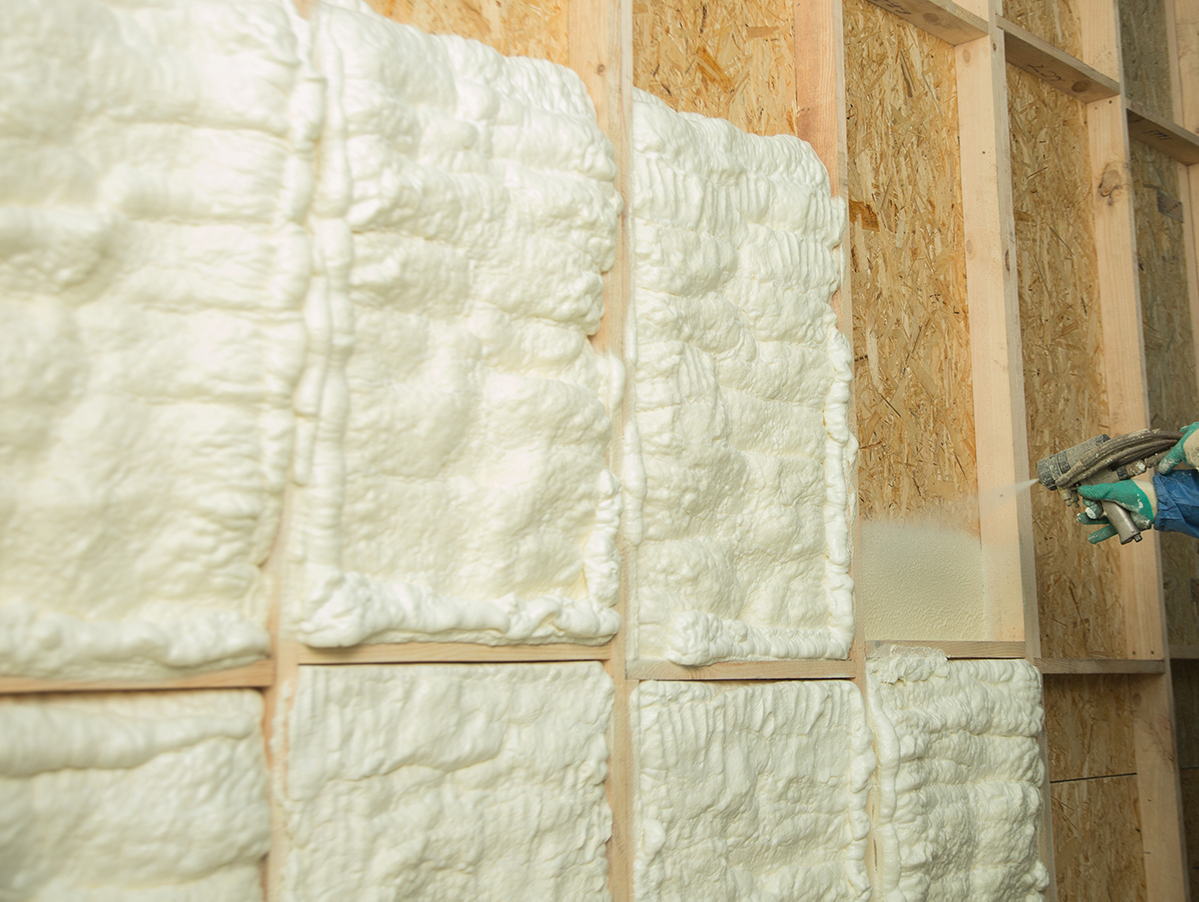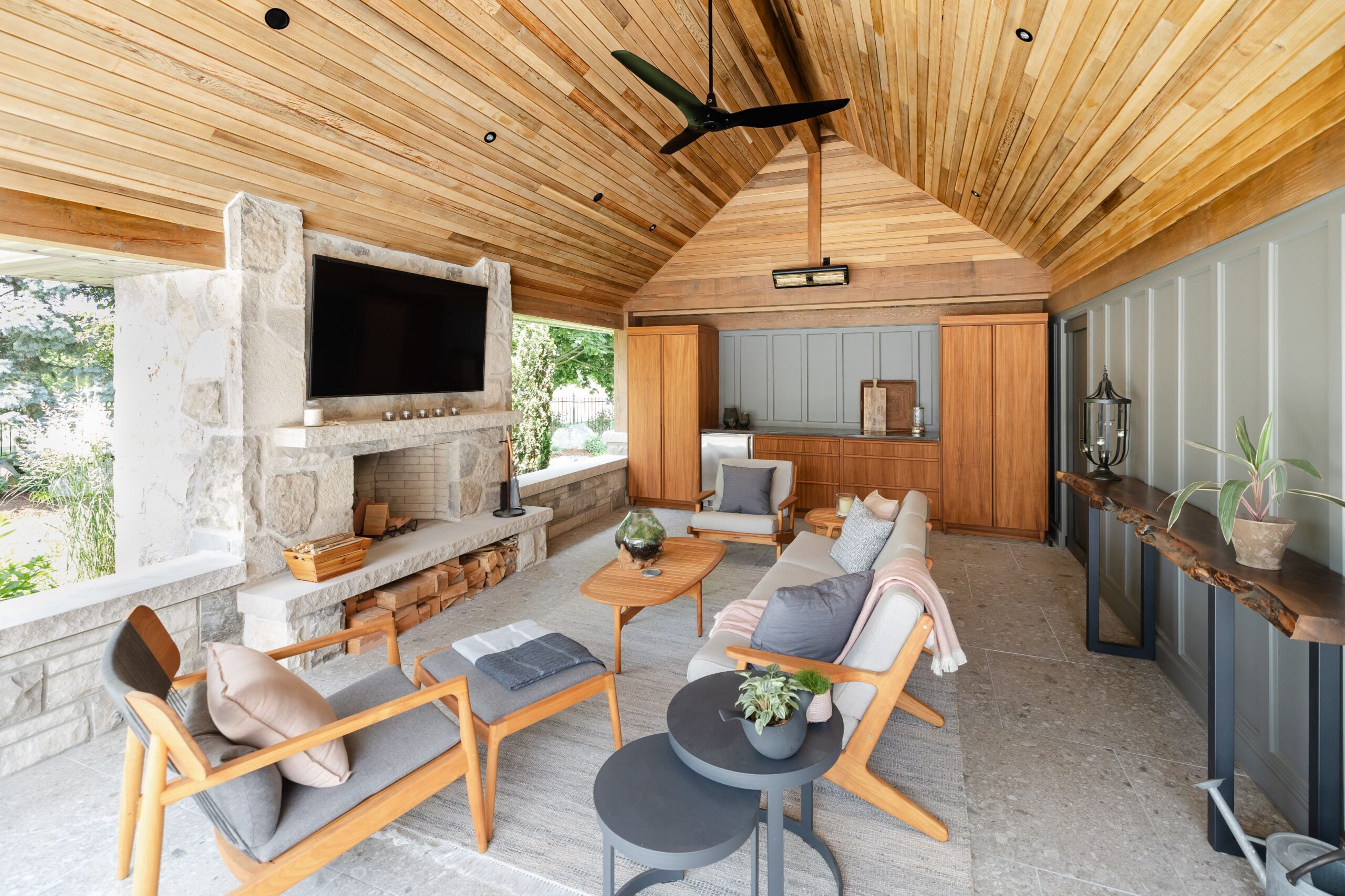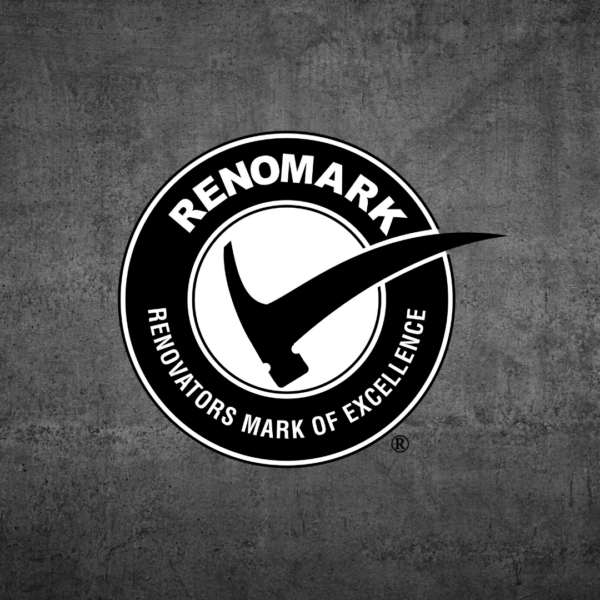
Insulation is one of those things most homeowners rarely think about until the cold weather comes and they start noticing cold and drafty spots around their home. We asked two RenoMark renovators – Curtis Mercer of K&P Contracting in St. John’s, Newfoundland and Ralph Oswald of Oswald Construction in Winnipeg, Manitoba – for their thoughts on the best ways and times to upgrade your home’s insulation.
Start at the top
“The attic is a good place to start, because it’s usually the easiest place to start,” says Ralph Oswald of Oswald Construction in Winnipeg, Manitoba. You can boost the insulation levels in your attic by opening the access hatch and adding more blown insulation on top of whatever is already there. Think of it as something akin to putting a toque on top of your living space. “Just make sure you don’t block off the eaves vents,” advises Curtis Mercer of K&P Contracting in St. John’s, Newfoundland. The vents around the perimeter of your roof allow fresh air into the attic space to prevent moisture buildup. There are baffles that can be added to the underside of the roof deck that will ensure these vents stay open once you add more insulation.
Exterior solutions
If you’re planning on replacing your exterior cladding, that’s an ideal time to boost your home’s insulation. Before applying the new siding, “It’s so easy to add a layer of rigid insulation under the cladding, and then cover that with a weather-resistant house wrap. That will make a big difference,” says Oswald. In some cases, he’s even removed the wall sheathing to add a vapour barrier and insulation between the studs.
Another option is what’s known as coring. Your contractor can drill small holes into the existing exterior cladding every three or four feet and inject insulation through those openings, then cap the holes.
Finally, you could replace the existing cladding with an exterior insulation and finish system (EIFS). These multi-layered cladding options – the modern version of what most people think of as exterior stucco – include rigid insulation sandwiched between the home’s framing and a finished topcoat.
Interior options
Ripping out interior walls simply to add extra insulation is not a cost-effective solution. But if you have no insulation in the wall cavities, you might want to consider the same coring-and-filling technique on the inside.
If you’re doing a gut renovation, that’s the ideal time to insulate. But even if you’re only renovating a single room, say a kitchen or bathroom that is uninsulated or under insulated, it’s worthwhile to add some while the walls are open. “You might not notice a difference on your heating bill, but you will notice it in the comfort level of that room,” says Oswald.
Mind the gaps
“An air barrier is worth as much as the R-value. It really makes a difference in comfort level,” says Oswald. Mercer agrees: “Stopping airflow and drafts is always cost-effective.” Some simple measures include adding weather-stripping around windows and doors, and using caulking to seal any gaps along your baseboards and where the walls meet the ceiling.
Finish off your basement
Unfinished basement walls are a major source of heat loss in many older homes. If you have bare concrete walls, Mercer recommends covering them with rigid insulation, then building your stud walls inside that so the insulation acts as a thermal break, preventing the cold from wicking through the framing. Fill the cavities with batt insulation and then cover with wallboard.
All in all, if you’re looking to upgrade your insulation, there are cost-effective solutions to prevent drafts. If you’re already undergoing a major renovation, it may be a good time to consider updating your insulation on a larger scale, and it’s probably best to do it in warmer months before it get cold.
For more information on planning your next renovation project, visit the RenoMark blog.
Looking for a trusted contractor to help upgrade your insulation or work on your home renovation, find a reputable professional in your area through the RenoMark directory.



